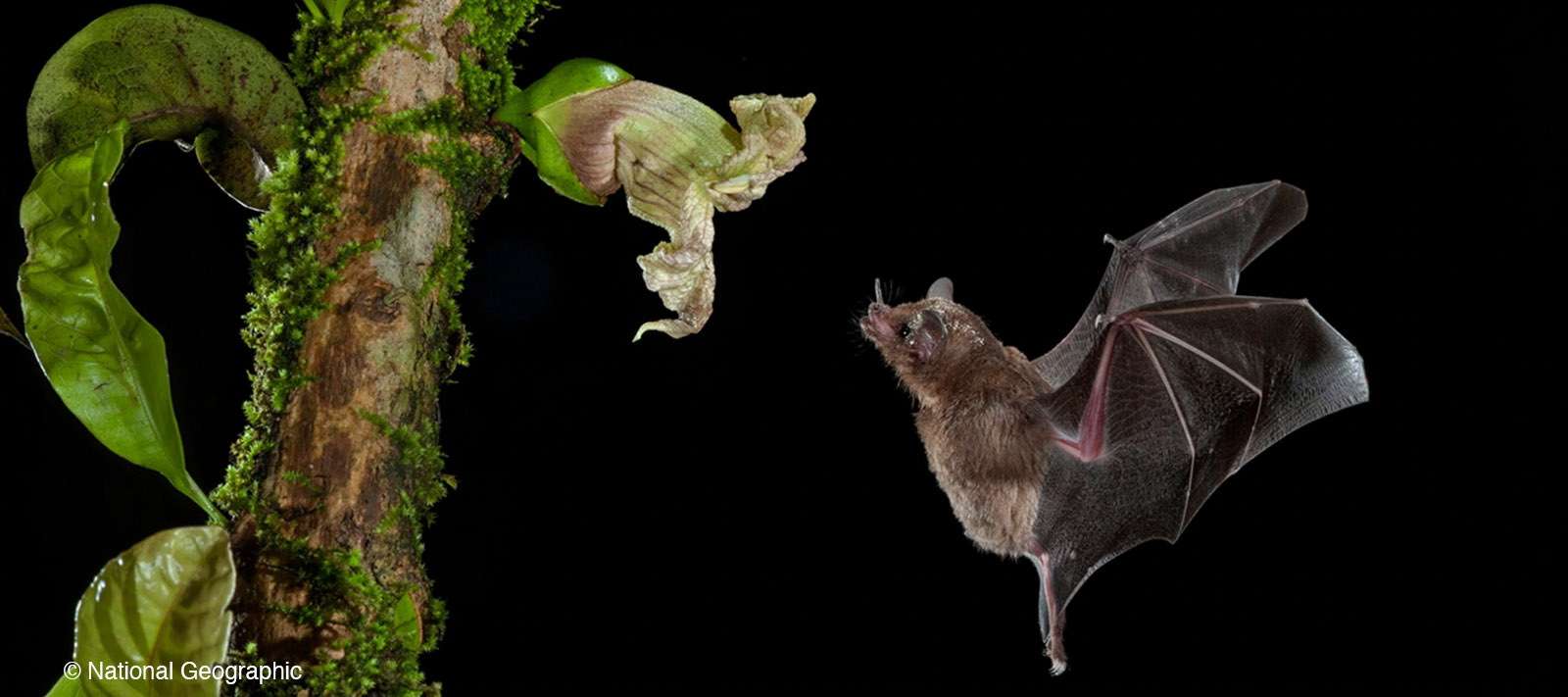
Lighting & Ecological Conditions for Planning
Where bats are suspected as being present in the area you have selected for development, building or landscaping work, you should seek ecological advice in advance of any lighting design or fixing of any scheme layout.
Even if you are not in an AONB (Area of Natural Beauty) or designated Dark Skies area, it is important that the use of an area by bats is thoroughly assessed before artificial lighting is changed or added in the proximity of a roost or where bats forage. Lighting in the vicinity of a bat roost could constitute an offence, and failure to conduct or adhere to an ecological assessment could incur significant costs to redesign or an instruction for the removal of the lighting altogether.
A judgement on the sensitivity of the particular bat feature or habitat on site and the perceived need for lighting in proximity to it would need to be made. This would be done through collaborative discussion between the project ecologist, lighting professional and local authority (potentially involving one or more of the planning officer, ecology officer, highways officer or council lighting professional). This team can decide whether bat features or habitats are particularly important or sensitive, and if it may be appropriate to avoid, redesign or limit lighting accordingly.
In addition to lighting on the application site, the ecologist may also need to assess the effects of proposed illumination on habitat beyond the site boundary. Surveys for lighting and bat activity to cover these areas may be required outside the proposed development’s red line boundary. Some local authorities may also have certain illuminance standards to meet, so it is advisable to seek further specific information for your location – such as a lighting policy document.
When dealing with applications for the addition of artificial lighting, planning officers and developers should ensure a lighting assessment is done alongside an ecological assessment. James has significant knowledge and experience in these types of lighting assessments and compliance with local illuminance limits. So, if you need help with planning your lighting to be kind to bats - and the natural environment - contact us to arrange a free call to discuss your project.
